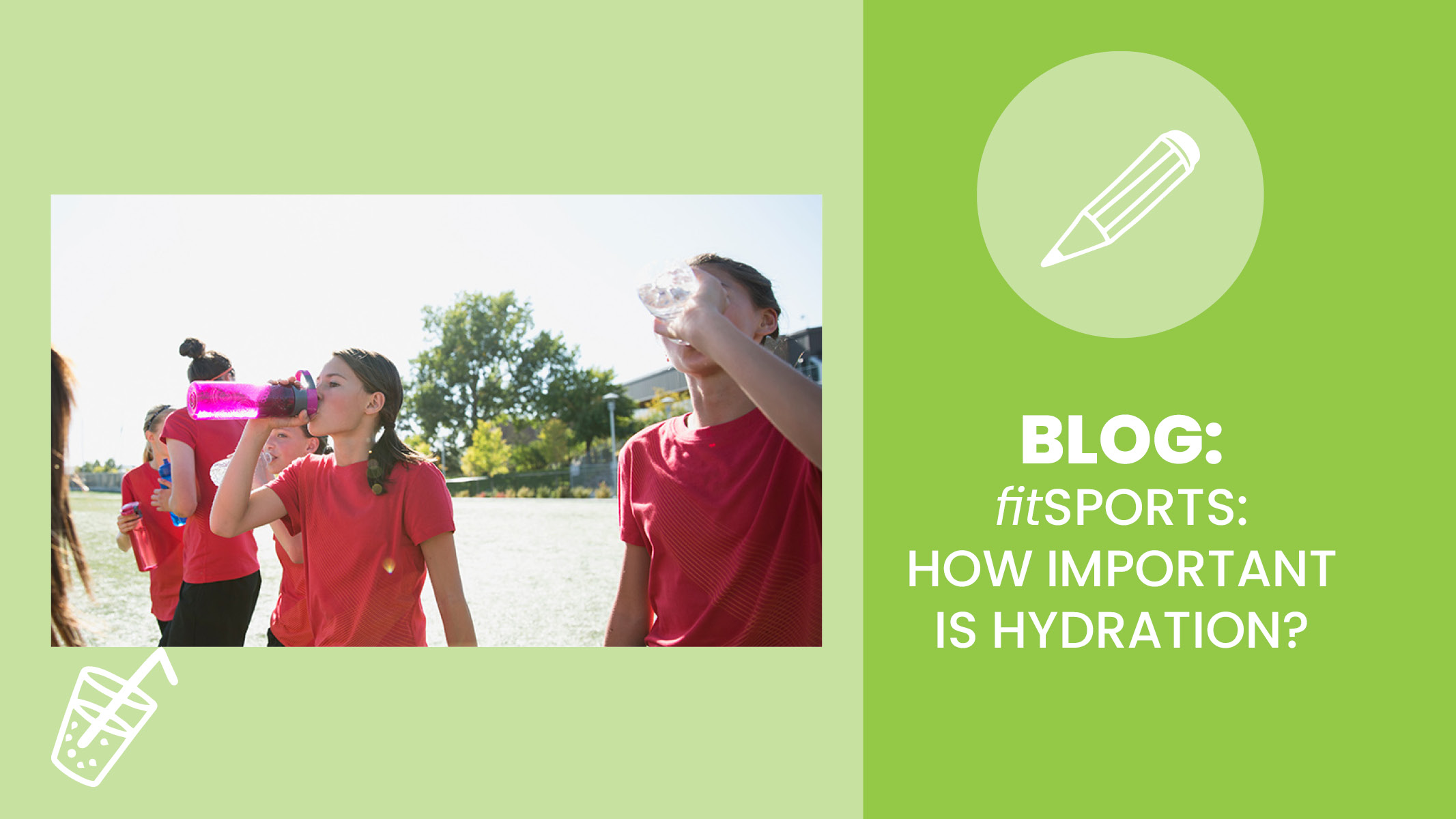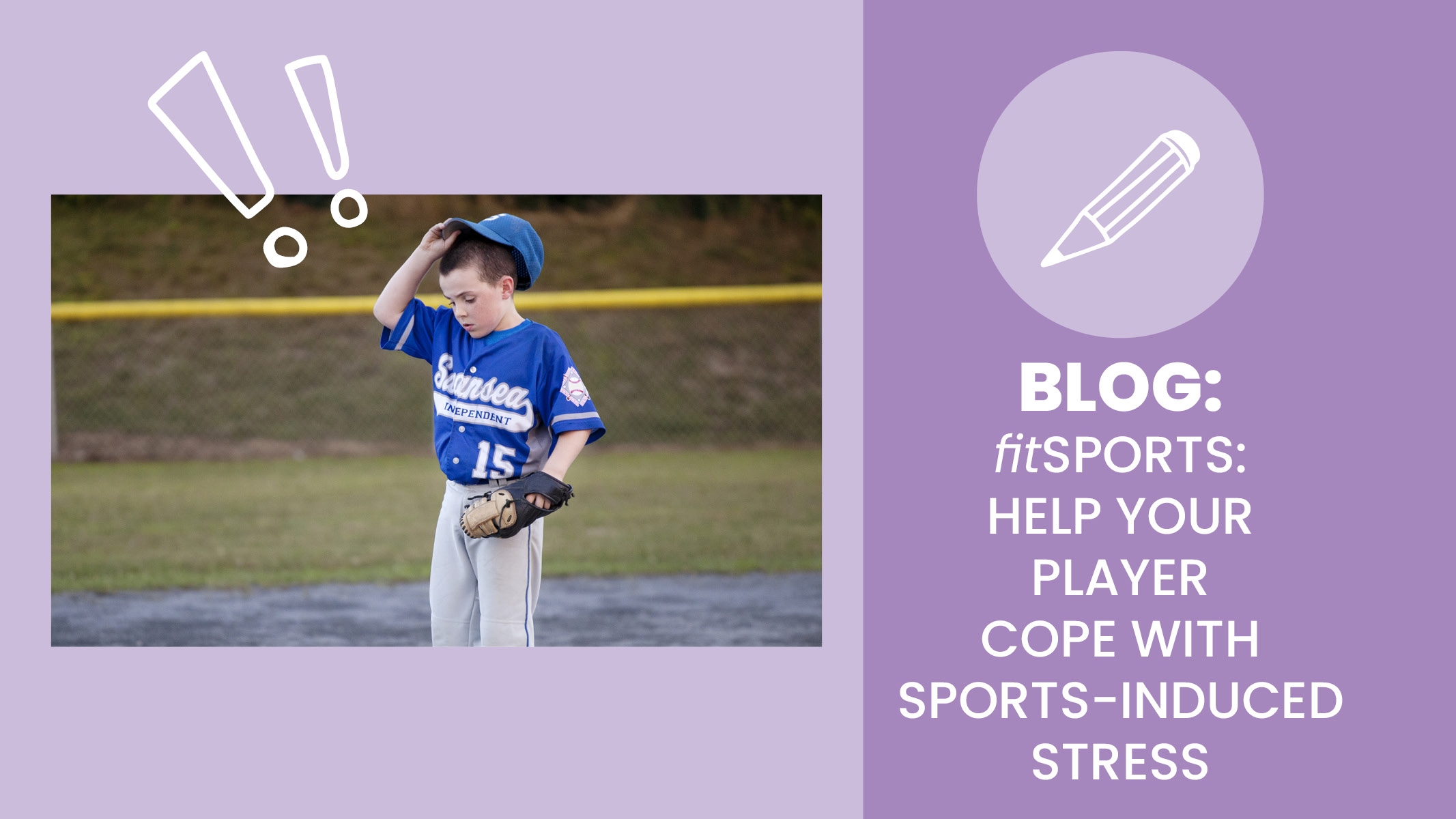fit sets up Volleyball! The National Youth Sports Health and Safety Institute (NYSHSI) and Sanford fit have joined together to promote the importance of making healthy choices as well as proper body mechanics for young athletes. Follow along with our fitSports video series for coaches and parents which provide wellness tips and interactive drills for skill development and motivation!
Food fuels your body and brain, but just how important are your athlete’s beverage choices? Extremely important! What your player is drinking and how often can have a profound impact on their health and performance.
With busy schedules and countless beverage options, it can be challenging to know what is essential for proper hydration. According to the American Academy of Pediatrics (AAP), “Children should drink before, during and after exercise. Make sure your child pauses during exercise to get a drink every 15-20 minutes.” Also, “Water should be the beverage of choice because it is the main body fluid initially lost during exercise. If your child finds plain water unappetizing, try adding small amounts of juice or lemon slices to the water.”
We recently spoke with the Sanford Sports Science Institute, to learn more about the importance of hydration.
How do you encourage athletes to stay hydrated before, during, and after games?
Athletes are encouraged to stay hydrated every day, not just on game days. Athletes should refill their water bottle several times a day with water, sipping water throughout the day (instead of chugging right before a practice or game). Athletes can monitor their urine color to tell if they're hydrated - lighter urine color indicates better hydration, while a darker color indicates that an athlete is most likely dehydrated. During games, athletes should take several "gulps" of water every 15-20 minutes, or at water breaks, during practices and games. They should continue to fluids after the practice or game, as well, to replenish what they lost in their sweat during exercise.
What signs can athletes look for to know they're in need of more water?
Athletes may experience different symptoms when they're in need of more water. They may feel thirsty or have dry lips or a dry mouth, or a headache. They may also not have gone to the bathroom in a while, or if they did their urine was a dark color. These are some of the signs that an athlete is not properly hydrated and needs to drink more water.
We know that water is the ideal choice for hydration. Why is plain water a better option than many of the sports drinks advertised?
Sports drinks do have their place in some athletes' diets, but water should be the main beverage of choice because for most exercise sessions, athletes do not need to supplement their diets with extra sugar and electrolytes from a sports drink - they can fully re-hydrate and recover their bodies through their meals and daily water intake alone. For athletes working out over 60-90 minutes, in a hot or humid environment, or if the workout is intense (such as a game), they may benefit from a sports drink to maintain energy levels with the quick-digesting sugars and to replenish electrolytes lost in sweat.
What tips would you provide parents and coaches who want to keep their young athletes hydrated throughout their activities?
My best tip is to encourage good daily hydration practices, and to know what signs to look for if a child is not hydrated (such as dry lips/mouth, thirst, and darker urine color). When a child has good daily hydration habits, such as having a reusable water bottle and drinking it throughout the day and during practice and games, they are able to show up to practices and games fully hydrated and play their best. If a child has a water bottle that they don't mind carrying around, that keeps their water cold (such as a thermos/insulated bottle), they may be more likely to drink from it. Additionally, if they see their parents or older siblings drinking water, they may pick up on these good habits for themselves.
You can help others understand the benefits of drinking water by printing and posting the fit Hydration Posters.
Still wondering how much sugar could be hiding in beverages other than water? Check out the How Much Sugar is Too Much? video to find out!
In this edition of the Sanford fitSports video, we’ll see how adequate hydration, proper mechanics, and body movements are influential when passing the volleyball. Think fit. Be fit!
For additional information concerning POWER Academies please visit Sanford SPORTS.


